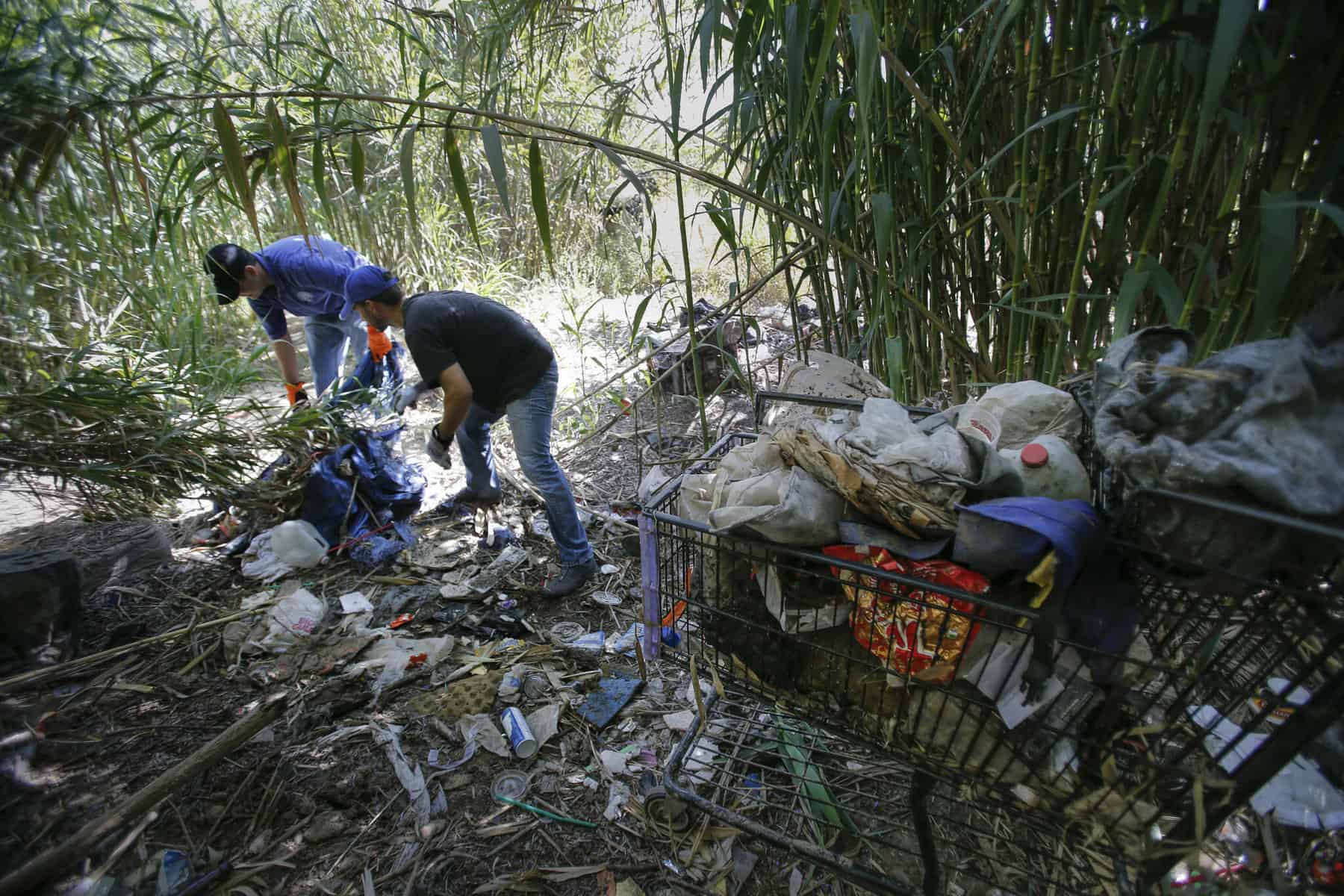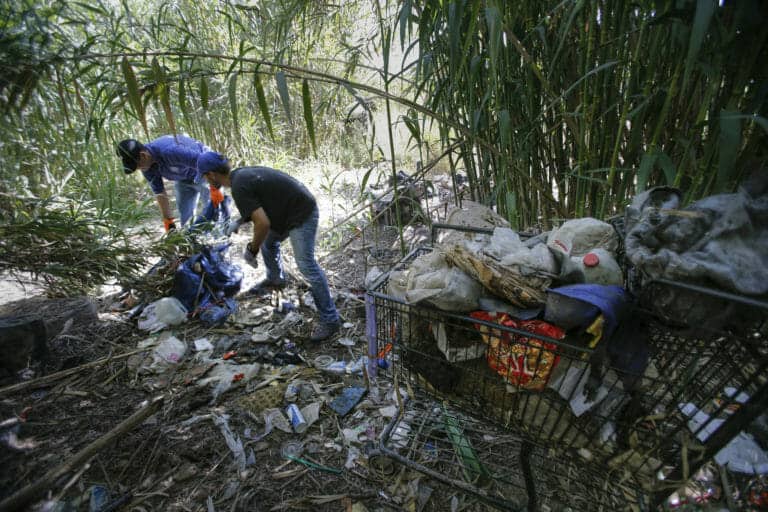San Diego officials were informed repeatedly of the dangers of disease-carrying runoff from homeless encampments into area waterways, as far as a decade before the current hepatitis A crisis spurred action.
Typical of the volumes of reports is a 2015 city plan for Mission Bay, which cited hepatitis research in setting priorities for officials regarding environmental quality.
“The issues raised by transient encampments are socio-economic by nature,” the city Transportation and Storm Water report said. “Addressing the sources of homelessness requires coordination with law enforcement, social services, and the legal community. Therefore, it has been designated as an uncontrollable source.”
A U-T Watchdog review of public records shows state water regulators and city officials produced nearly a dozen studies in the decade before this year’s outbreak, reports and policy documents highlighting the link between homeless camps and human waste-tainted water.
ED @ h2oIQ.org: Update video from San Diego health authorities:
The documents from the San Diego Regional Water Quality Control board show problems like homeless encampments went unaddressed for years.
By the end of last month, city leaders […]
Full article: Water board reports highlighted health risk before hepatitis outbreak
More about the effects of homelessness on water and public health:
Can Providing Bathrooms to Homeless Protect California’s Water Quality?
Dozens of shopping carts, trash removed by Kiwanis from Salinas River in Paso Robles



